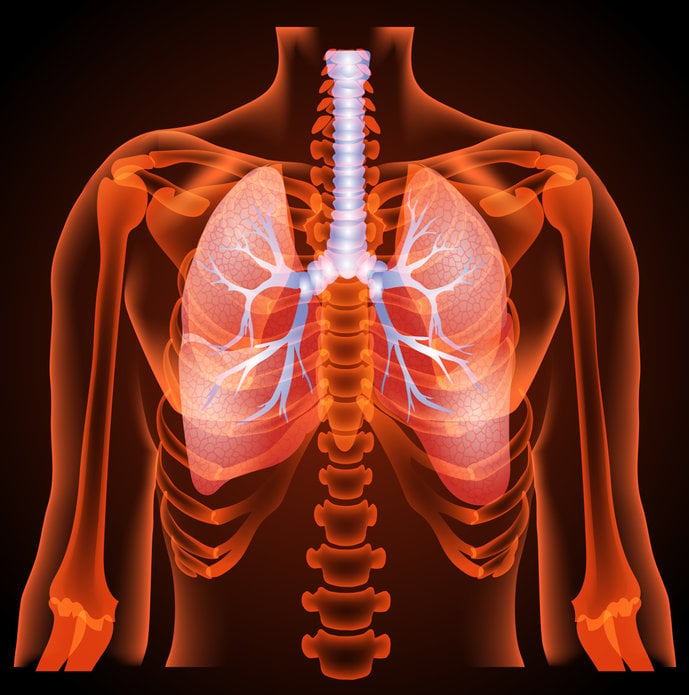
America’s workers are as valuable to the economy as any natural resource, but risks they assume on the job often lead to long-term health impacts. Occupational lung diseases, in particular, are serious and potentially fatal. In fact, they are the primary cause of work-related illness in the U.S.
In many emergency situations where a patient is suffering from a breathing- or lung-related issue, they suffer from an occupational lung disease. If a first responder or other health care provider is aware that a patient is suffering from one of these diseases, it may be apparent ahead of time that airway suction will be necessary prior to intubation.
Below is a primer on some of these diseases and conditions:
Pulmonary fibrosis
This is the condition where breathing in certain toxins or pollutants, typically over an extended period, causes scarring (fibrosis) on lung tissue. Many airborne hazards found in worksites can cause pulmonary fibrosis, including asbestos fibers, metal dust, coal dust, grain dust and silica dust. When the cause is unknown, the disease is diagnosed as idiopathic pulmonary fibrosis.
Regardless of cause, the scarring halts oxygen from passing from the lungs into the bloodstream. As a progressive disease, it may take sufferers a long time before patients notice symptoms, which include shortness of breath, a dry cough and fatigue.
Depending on the disease’s progress and the severity of the symptoms, some patients may experience an exacerbation and need to be placed on a ventilator at short notice. Suction is likely to be needed before the intubation.
Occupational asthma
Although asthma is frequently a hereditary disease, exposure to hazardous materials can cause occupational asthma. Like other types of asthma, bronchi in the lungs can spasm and cause difficulty breathing, and this condition can exacerbate during an asthma attack. If one of these attacks becomes severe and unable to control with regular treatment, such as medication from an inhaler, emergency treatment may be required. In such a situation, there may be excess mucus in the airway, requiring suction.
Mesothelioma
This aggressive and deadly cancer occurs in the mesothelium, a thin layer of tissue that covers most internal organs, and it most often affects the tissue surrounding the lungs (pleural mesothelioma). While it is a rare cancer (2,000-3,000 cases diagnosed per year), mesothelioma is frequently linked to asbestos exposure. When tumors occur in the lung tissue, it can create breathing problems, chest pain, difficulty swallowing and an accumulation of fluid in the chest that compresses the lungs.
People with mesothelioma frequently die of respiratory failure, and respiratory conditions include a buildup of fluid and blood clots in the lungs. Each of those symptoms may require suction in an emergency situation.
Chest wall injuries
Unsurprisingly, injuries to the chest suffered on a work site can also injure the lungs. A patient with a collapsed or injured lung may have fluid or blood in the lungs, which can enter the airway.
Responding to emergencies
As described above, when patients with occupational lung diseases suffer emergencies that cause blockages in the airway, suction before intubation may be required. In these scenarios, SSCOR’s products provide effective solutions for emergency personnel.
The SSCOR SDC Catheter™ (Formerly the SSCOR DuCanto Catheter®) is specifically designed for use during routine and emergency airway management. It is designed with a larger inside diameter to facilitate removal of fluids and solid material, and is curved so it is shaped more like a person’s airway. This makes it uniquely suited for the SALAD (Suction Assisted Laryngoscopy and Airway Decontamination) technique, which minimizes the risk for aspiration and related effects, preparing the patient’s airway for intubation.
In addition, SSCOR’s suction aspirators are portable and reliable, and the pressure level can be regulated for a wide range of hospital and EMS uses.













